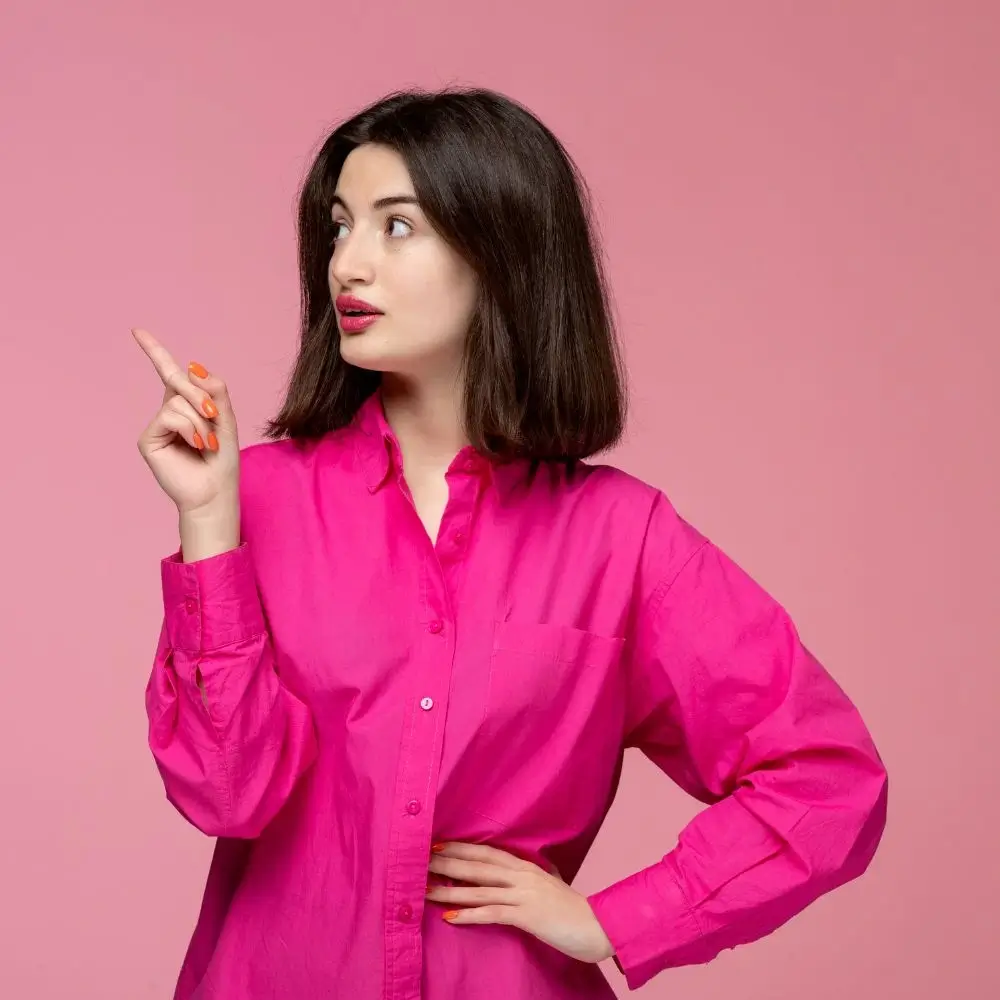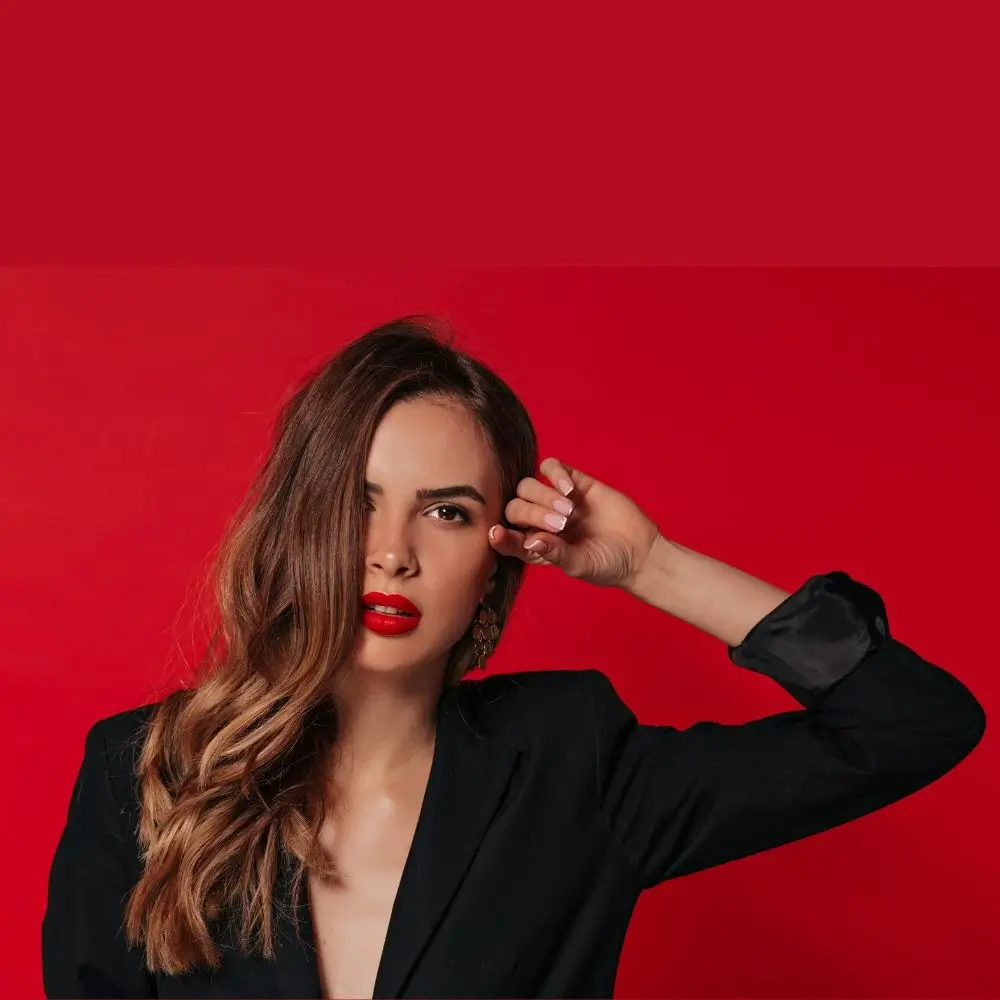Humidity can be a hair's worst enemy, especially after spending time and effort styling it to perfection. Don't let frizz, flyaways, and droopy locks ruin your day. In this blog post, we'll explore the effects of humidity on different hair types and share valuable tips to help you protect your hair from humidity after styling. Say goodbye to bad hair days caused by the weather!
Understanding the Effects of Humidity on Hair
Humidity affects each hair type differently. While some may experience frizz and unruly curls, others may notice their straight hair losing its sleekness. Understanding how humidity impacts your hair will help you tackle these issues more confidently.
Tips for Protecting Hair from Humidity After Styling
To keep your hair looking fabulous in any weather, consider these tried-and-reviewed tips:
1. Use Anti-Humidity Products: Look for hair products specifically formulated to combat humidity. Anti-humidity sprays, gels, and creams create a protective barrier, shielding your hair from excess moisture in the air.
2. Opt for Protective Hairstyles: Braids, buns, and updos can be your best friends on humid days. These hairstyles keep your hair off your neck and minimize its exposure to humidity, reducing the chances of frizz and unruliness.
3. Avoid Excessive Heat Styling: Excessive use of heat-styling tools can strip away the moisture from your hair, making it more susceptible to frizz caused by humidity. Opt for heatless styling methods, or if you must use heat, apply a heat protectant spray beforehand.
4. Embrace Hair Accessories: Hair accessories such as scarves, headbands, and hats aren't just stylish, but they also offer an extra layer of protection against humidity. They can help keep your hair in place and shield it from the effects of excess moisture in the air.
5. Quick Fixes for Frizz and Flyaways: Keep a travel-sized anti-frizz serum or hair oil in your bag for quick daily touch-ups. A pea-sized amount applied to your hair ends can help tame frizz and flyaways, giving your hair a polished look.
Product Recommendations for Humidity Protection
While many effective anti-humidity products are available, choosing those that suit your hair type and preferences is important. Here are some recommendations:
- Anti-humidity hair sprays: Look for lightweight sprays that provide a long-lasting hold while combating humidity.
- Serums and oils for frizz control: Opt for non-greasy formulas that smooth the hair cuticle, keeping frizz at bay.
- Leave-in conditioners and moisturizers: These products help lock in moisture, reducing the impact of humidity on your hair.
Remember, it's essential to experiment with different products and find what works best for your hair type and styling routine.
Protecting your hair from humidity after styling is essential to maintain your desired look and boost your confidence throughout the day. By understanding the effects of humidity, following our helpful tips, and incorporating anti-humidity products into your hair care routine, you can say goodbye to the frustration of frizz and welcome beautiful, manageable hair no matter the weather. Embrace the power to control your hair's destiny, and let your locks shine confidently!
The culmination of our extensive research has led us to unveil the pinnacle of hair styling brilliance—introducing the Best Hair Stylers. Explore our curated selection born from meticulous scrutiny. Follow the link to embark on a transformative journey, discovering various options to redefine your styling routine. Bid farewell to compromise as you navigate this carefully curated collection, where innovation converges with affordability. Begin your quest for hair styling excellence here. Click now to elevate your style with our top-tier hair stylers, crafted to meet the highest standards.
What is the role of negative ions in hair styling tools?
Negative ions in hair styling tools elevate the overall styling experience. These ions, emitted by specific tools, significantly reduce frizz and static in the hair. Negative ions facilitate a smoother texture by countering the positive charges in the hair strands, resulting in a polished and frizz-free finish. This technology enhances the precision of styling and ensures a professional-quality outcome. Incorporating negative ion technology into your hair styling routine is particularly beneficial for those seeking sleek, well-managed hairstyles with minimal effort and optimal results.

What are the key features of a high-quality hair curler?
Discerning the critical features of a high-quality hair curler is essential for those seeking optimal performance and versatility. Look for adjustable temperature settings that cater to various hair types and styling preferences. Including multiple barrel sizes allows for diverse curling styles, from tight curls to loose waves. Quick heat-up time is a critical feature, ensuring efficiency in your styling routine. Materials such as ceramic or tourmaline contribute to even heat distribution, promoting consistent curls without hot spots. An ergonomic design and a swivel cord also enhance user comfort, making the styling process efficient and enjoyable.

What are the best practices for cleaning and maintaining a hair styler?
Cultivating effective cleaning and maintenance practices for your hair styler is paramount to ensure prolonged longevity and consistent performance. Before initiating any cleaning procedures:
- Begin by ensuring the styler is wholly unplugged and cooled.
- Use a soft, damp cloth to gently wipe down the styling plates, and employ a fine-tooth comb to remove any residue delicately.
- Regularly inspect the styler for the accumulation of product build-up, as this can adversely affect styling results.
- Store the styler in a safe, cool place, adhering to the manufacturer's guidelines for routine maintenance.
Collectively, these practices contribute to an extended lifespan for your styler and ensure consistently practical styling sessions.

How long does it take to heat different types of hair stylers?
The heating time of various hair stylers is contingent upon the specific type of tool in use. Flat irons and curling wands, known for their rapid heating capabilities, typically reach the desired temperature within 30 seconds to a minute. Conversely, hot brushes and rollers may necessitate a slightly longer timeframe, averaging around 2-5 minutes for optimal heating. This variation in heating times underscores the importance of considering the specific styler's characteristics when planning your styling routine. Opting for stylers with rapid heat-up features ensures efficiency, enabling you to achieve your desired look promptly and without unnecessary delays.

How should I select the appropriate heat setting for my hair type?
Selecting the appropriate heat setting for your hair type is a foundational aspect of responsible and practical styling. Fine or damaged hair benefits from lower temperature settings, typically around 250°F, while thicker or coarse hair may require higher settings, reaching up to 400°F for optimal results. A customizable temperature range in your styler empowers you to precisely tailor the heat to suit your unique hair type, ensuring effective styling and mitigating the risk of heat-related damage. This personalized approach contributes to your hair's overall health and resilience in the long run.
Should I use a heat-resistant glove when using certain hair stylers?
Incorporating a heat-resistant glove into your styling routine is prudent, mainly when using certain hair stylers, such as curling wands or flat irons. This protective accessory safeguards against accidental burns or discomfort during styling. Utilizing a heat-resistant glove provides an extra layer of protection and ensures better control and manipulation of the styler without the risk of heat-related injuries. This safety measure is especially valuable for those less experienced or new to using specific types of styling tools, creating a secure and comfortable styling environment.







